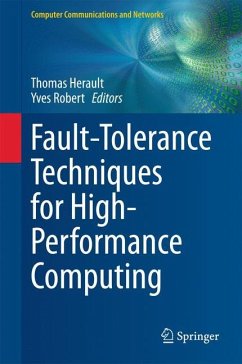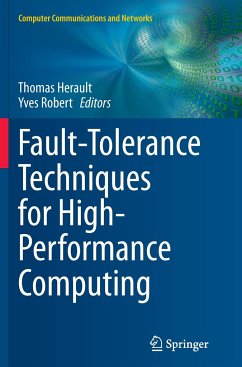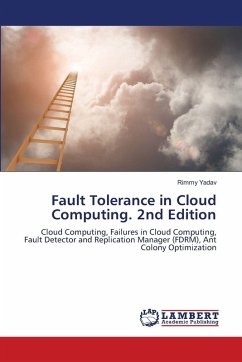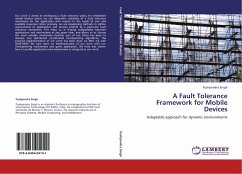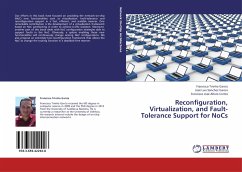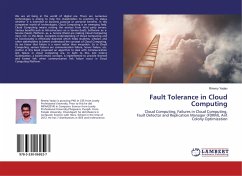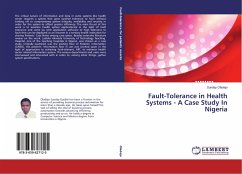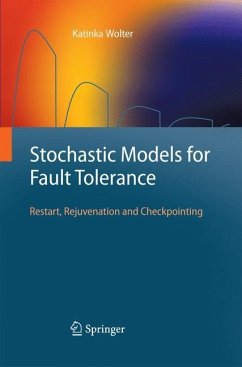
Fault Tolerance for High-Performance Applications
A Model-Driven Approach
Versandkostenfrei!
Versandfertig in 6-10 Tagen
52,99 €
inkl. MwSt.

PAYBACK Punkte
26 °P sammeln!
In the last years parallel computing has increasinglyexploited high-level models of structuredparallelism, an example of which are algorithmicskeletons. This trend has been motivated by theproperties of these models, which can be used toderive several optimizations at the implementationlevel. In this thesis we study the properties ofstructured parallel models useful for providing afault tolerance support, oriented towardsHigh-Performance applications. Unlike existingapproaches, we make a step towards a more abstractand general viewpoint highlighting the properties ofstructured parallel models ...
In the last years parallel computing has increasingly
exploited high-level models of structured
parallelism, an example of which are algorithmic
skeletons. This trend has been motivated by the
properties of these models, which can be used to
derive several optimizations at the implementation
level. In this thesis we study the properties of
structured parallel models useful for providing a
fault tolerance support, oriented towards
High-Performance applications. Unlike existing
approaches, we make a step towards a more abstract
and general viewpoint highlighting the properties of
structured parallel models interesting for fault
tolerance purposes. We introduce a modeling tool for
structured constructs and we apply it to two notable
examples of parallel constructs, deriving abstract
properties. We show how the derived properties can be
used to introduce an optimized fault tolerance
support based on checkpointing and rollback-recovery
techniques. The exploitation of structured parallel
constructs allow us to derive performance models of
computation describing the costs of fault tolerance.
exploited high-level models of structured
parallelism, an example of which are algorithmic
skeletons. This trend has been motivated by the
properties of these models, which can be used to
derive several optimizations at the implementation
level. In this thesis we study the properties of
structured parallel models useful for providing a
fault tolerance support, oriented towards
High-Performance applications. Unlike existing
approaches, we make a step towards a more abstract
and general viewpoint highlighting the properties of
structured parallel models interesting for fault
tolerance purposes. We introduce a modeling tool for
structured constructs and we apply it to two notable
examples of parallel constructs, deriving abstract
properties. We show how the derived properties can be
used to introduce an optimized fault tolerance
support based on checkpointing and rollback-recovery
techniques. The exploitation of structured parallel
constructs allow us to derive performance models of
computation describing the costs of fault tolerance.



